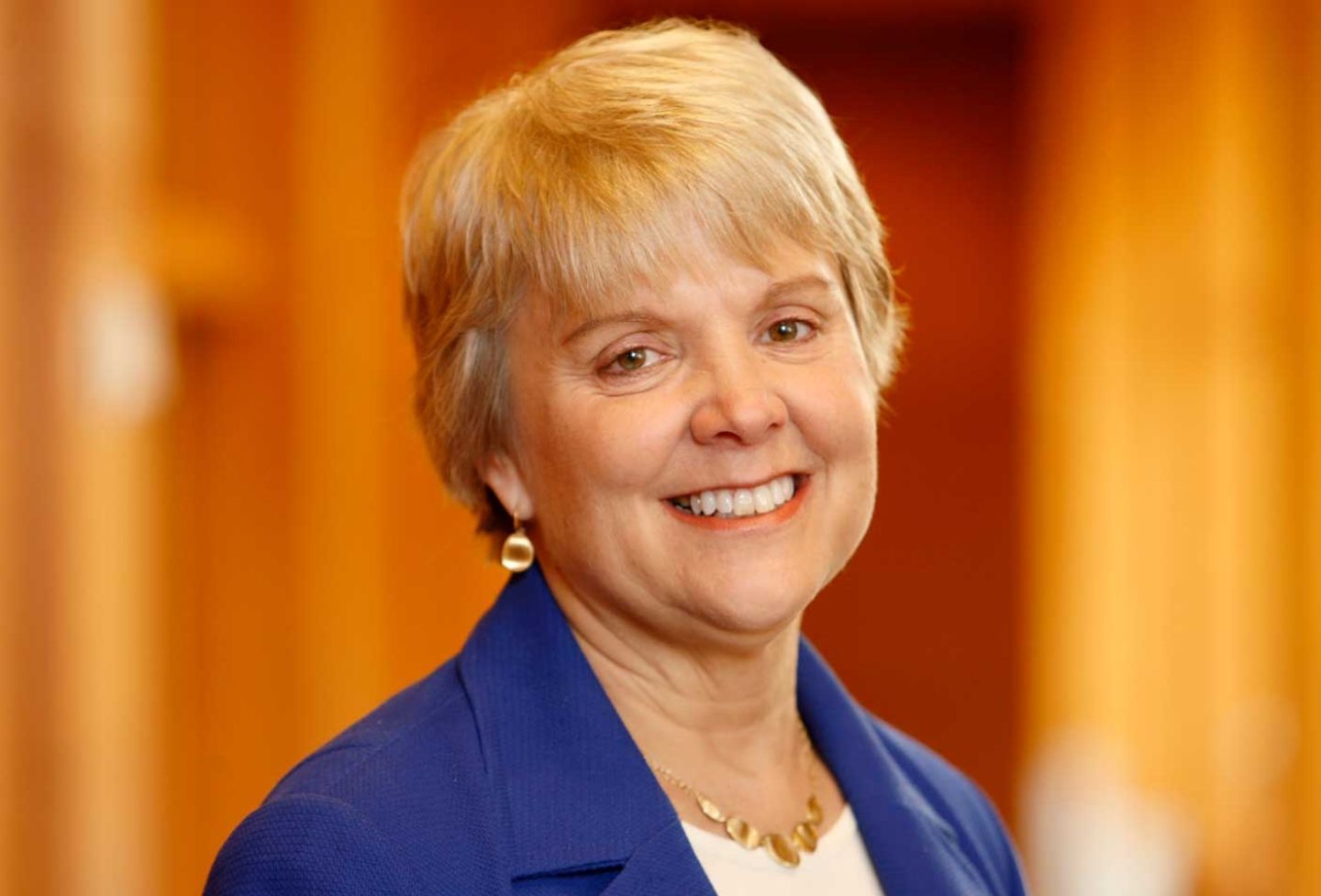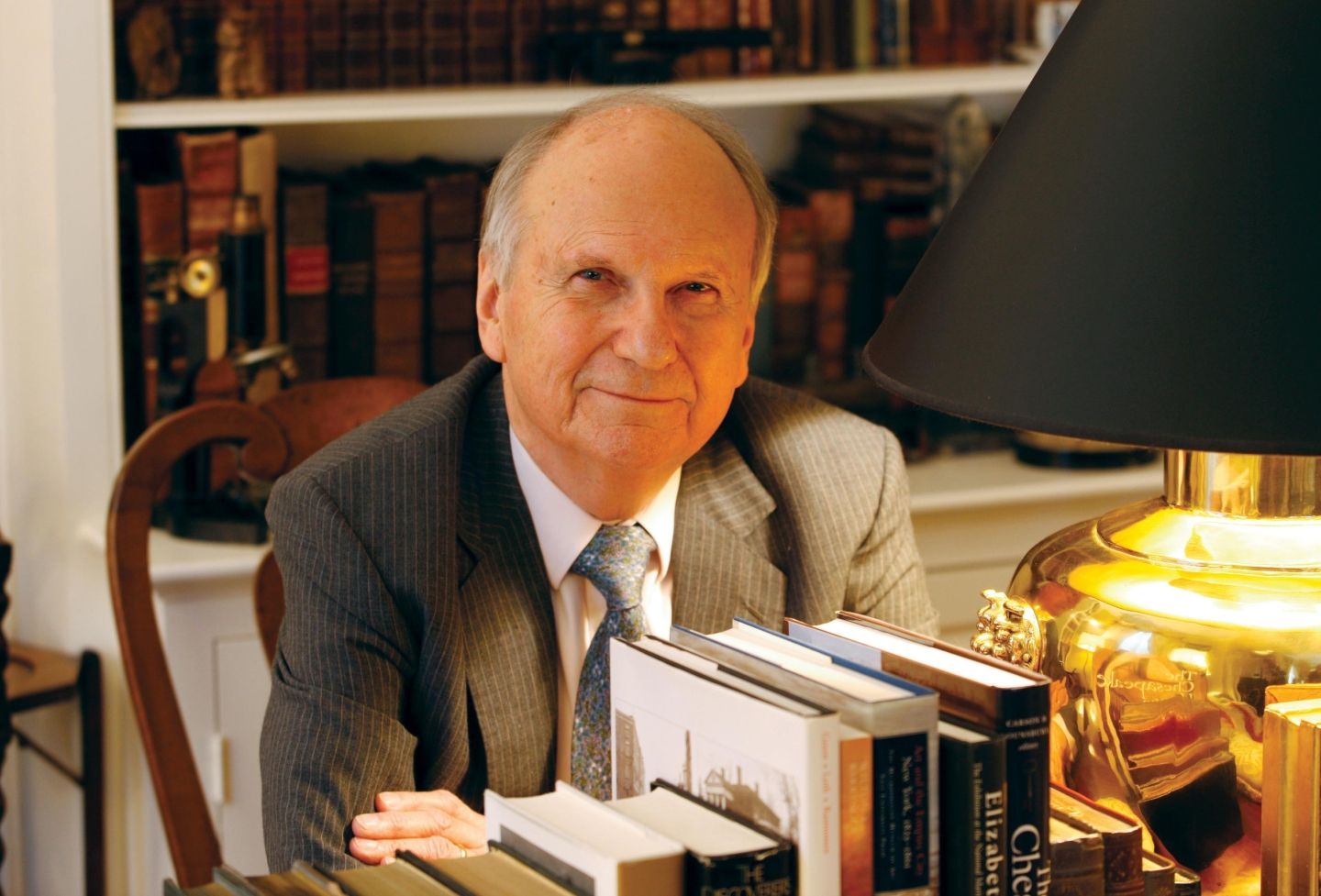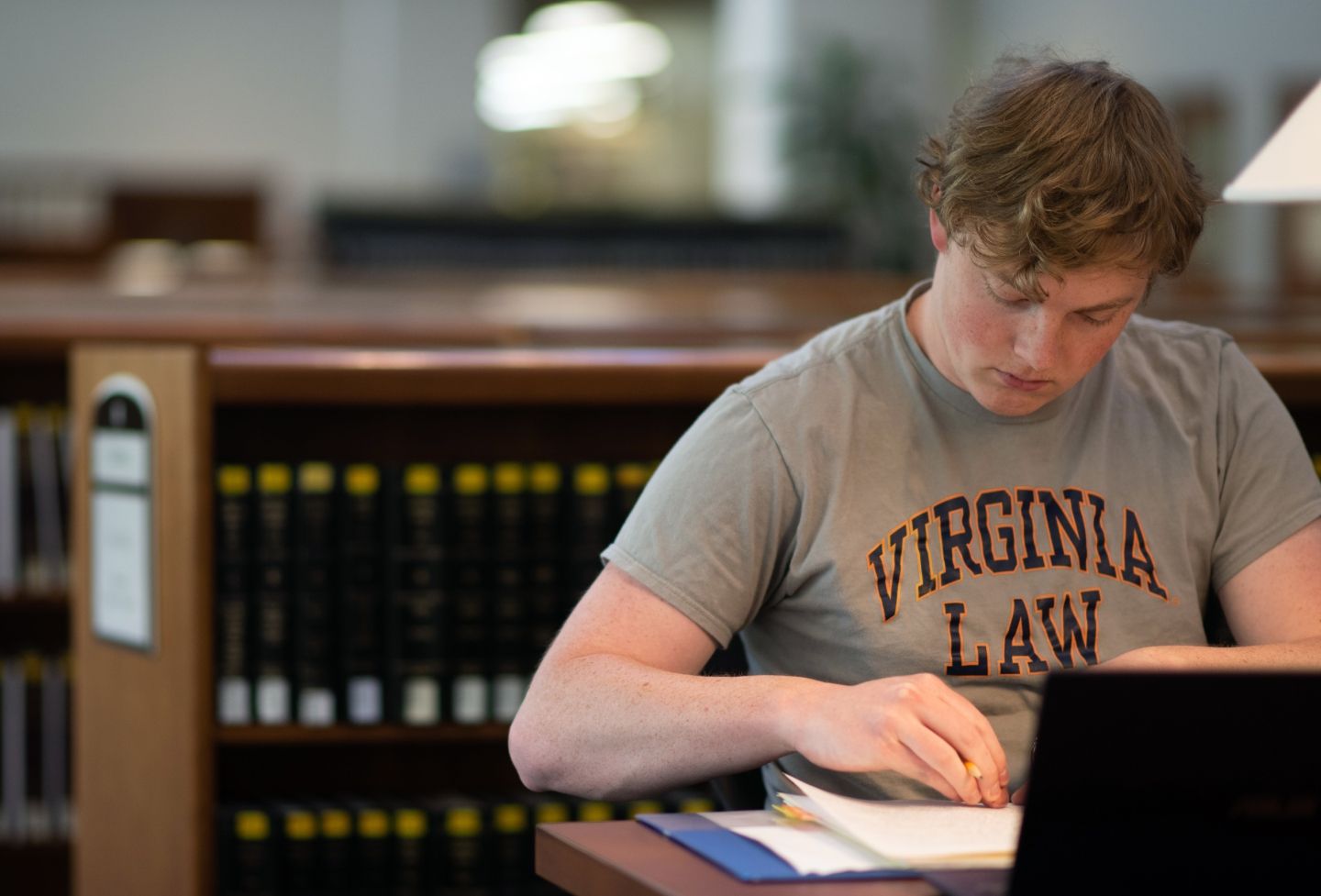When a patient dies from a medical mistake or an airplane crashes, a team of professionals comes together and looks at all of the contributing factors, not just the actions of the doctor or the pilot.
In these fields, such accidents are known as “sentinel events.”
Barbara Armacost ’89, a professor at the University of Virginia School of Law and a former nurse herself, argues in a new paper that officer-involved shootings should be subject to the same type of thorough systemic reviews that hospitals and airlines conduct.
Currently, Armacost says, the investigation and prosecution of police shootings tends to focus almost exclusively on the actions of the officer who pulled the trigger — with the public rightly seeking accountability for inappropriate use of force.
But she sees a deeper problem with such a narrow focus, as indicated in her paper’s title: “Police Shootings: Is Accountability the Enemy of Prevention?,” published in the Ohio State Law Journal. By only looking at the actions of the officer, or officers, in question, other factors or errors that contributed to the shooting may go unaddressed.
“We need to look beyond the limited time-frame embraced by the current legal standard and view police-involved shootings as organizational accidents,” writes Armacost, who is an expert in criminal justice, criminal procedure, torts, and race and law.
Prior to earning her J.D. from the Law School in 1989, Armacost served as a head nurse in the cardiovascular unit at the University of Virginia hospital in the 1970s and early ’80s. She recalls attending “mortality and morbidity” conferences, where medical personnel would gather to review the circumstances surrounding an adverse medical event causing harm to a patient. Her medical experience led her to explore whether sentinel event review, the methodology that hospitals use to investigate a death or serious injury unrelated to the patient’s course of illness, could be used to investigate police-involved shootings.
The origins of sentinel event review in medicine can be traced back to a U.S. Institute of Medicine report from the 1990s. Armacost writes, “The key insight of the [IOM] report was that the majority of medical errors result not from mistakes by individuals but from ‘faulty systems, processes, and conditions that lead people to make mistakes or fail to prevent them.’” The IOM concluded that ‘when an error occurs, blaming an individual does little to make the system safer and prevent someone else from committing the same error.’ Its recommendations were designed to adopt a more ‘institutionalized approach that identifies root causes and underlying system failures,’ with the goal of reducing medical errors by a minimum of 50% over the succeeding [five] years.”
Since then, the Joint Commission, which accredits virtually all U.S. hospitals and medical organizations, has made sentinel event review the standard of safety for medical providers.
The same is true in aviation, Armacost writes. “Commercial aviation, which has enjoyed a dramatic increase in safety over the past few decades, is the poster child for the success of proactive, forward-looking, systems-oriented review of harm-causing incidents.”
Armacost references the tragic death of Tamir Rice to demonstrate how systems-oriented, sentinel event review might be employed to investigate questionable police-involved shootings. In 2014, Officer Timothy Loehmann shot Rice, who was reported to be brandishing a weapon near a recreation center. It turned out that Rice was only 12 years old, and the weapon was a nonlethal air-soft pistol.
Police experts and investigators universally condemned Loehmann’s partner, Officer Frank Garmback, for driving up so close to an “active shooter” rather than stopping, taking cover and waiting for backup, as police best practices would dictate. (Garmback was suspended for 10 days for violating multiple police department policies.)
By contrast, the investigations looking into the lawfulness of the shooting itself treated Loehmann’s position as a given. “That Garmback’s action may have increased the risk that deadly force would be necessary was deemed irrelevant” to the question of whether the shooting was constitutionally allowable, Armacost says.
The shooting was deemed lawful under the circumstances, and both officers were cleared of constitutional error.
Additionally lost in the analysis, says Armacost, is consideration of other errors or systems weaknesses that might have contributed to the shooting, including inaccurate or incomplete information relayed to the officers by the dispatcher, breakdowns in communication, risks posed by realistic-looking but nonlethal guns, and weaknesses in police active-shooter and de-escalation policies.
One challenge to her proposal, Armacost concedes, is that setting goals for systems-oriented review of police shootings is more complicated than in medicine and aviation because aggressive policing has benefits as well as costs. The benefits include ensuring police and public safety, and preventing criminal violence in vulnerable communities. These goals can be taken into account, Armacost argues.
“The question for a systems-oriented investigator is whether a particular shooting (or pattern of shootings) could have been prevented without compromising police and public safety across all communities.”
This is the question that the current legal standards never ask, she adds.
As part of her experience as a medical professional, Armacost also worked as a nurse in a mission hospital in La Pointe, Haiti. She earned a master’s degree in theological studies from Regent College at the University of British Columbia in 1984.
After graduating from the University of Virginia School of Law, she clerked for Judge J. Harvie Wilkinson III ’72 of the U.S. Court of Appeals for the Fourth Circuit, and later served as an attorney-adviser in the Office of Legal Counsel at the U.S. Department of Justice.
Armacost joined the UVA Law faculty in the fall of 1992.
“Behind the Scholarship” is an occasional series that details the backstories of the faculty’s work.
Read More
- “Police Shootings: Is Accountability the Enemy of Prevention?,” 80 Ohio St. L.J. (2019).
- “The Organizational Reasons Police Departments Don’t Change,” Harv. Bus. Rev. (2016).
- “Organizational Culture and Police Misconduct,” 72 Geo. Wash. L. Rev. 453 (2004).
Founded in 1819, the University of Virginia School of Law is the second-oldest continuously operating law school in the nation. Consistently ranked among the top law schools, Virginia is a world-renowned training ground for distinguished lawyers and public servants, instilling in them a commitment to leadership, integrity and community service.


